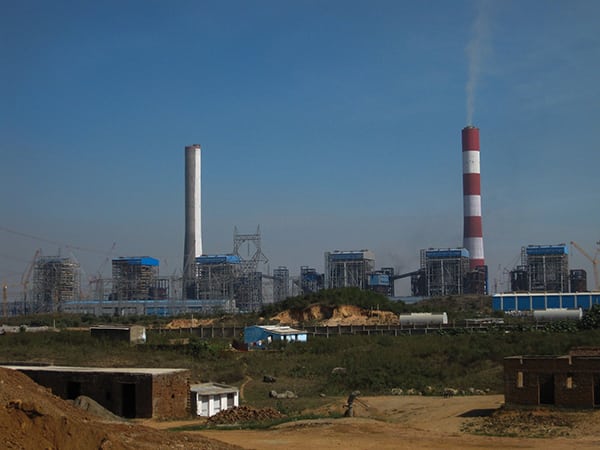Reforms on the Horizon for India's Beleaguered Coal Sector
Recent months have seen a violent shakeup of India’s coal supply sector and may result in the end of a 40-year-old government monopoly on mining and selling coal. The development could be a boon for India’s coal power sector, which dominates about 60% of India’s 249.5-GW installed capacity but has suffered from crippling fuel shortages (Figure 3).
The long-overdue reforms gained a leg up with the election of Prime Minister Narendra Modi, who swept into office on pledges of reliable electricity for all of India’s 1.25 billion citizens—despite a plethora of obstacles that have immobilized the country’s power sector. India, ever prone to blackouts, has for years attempted to tackle a power capacity shortage, a host of environmental issues (including the general lack of environmental rules), and the financial woes of state-owned power distribution companies stemming from heavily subsidized power prices.
Meanwhile, Coal India Ltd. (CIL), India’s state-controlled coal mining company—and the world’s largest coal producer—has been struggling to keep pace with India’s ravenous coal demands. In 2013–2014, CIL produced 80% of the coal in India, which holds the world’s fifth-largest reserves. But the company has missed output targets for at least the past four years, allegedly due to inefficiency and other reasons. Under pressure from Modi’s government to boost output, the company has ramped up production. Yet 61 of India’s 103 power plants had less than four days of fuel on hand at the start of November.
Worsening matters, the country’s Supreme Court in late September scrapped hundreds of coal-mining licenses, culminating a two-year investigation into the government’s coal block allocation. The high court ruled that almost all coal blocks allotted since 1993 were granted illegally, without competitive bidding. The court noted that no more than 7% of India’s coal came from the disputed coal blocks, but experts widely agreed that the government would have to act swiftly to ensure coal supplies were not interrupted.
In October, the Indian government indicated that it was pursuing legal changes to ease end-use restrictions on coal mined from captive coal blocks by industries such as power, cement, and steel. On Oct. 21, Finance Minister Arun Jaitley then announced that the government had approved a decree enabling it to permit commercial mining in the future, though he did not specify a timeline. Under the decree, state-owned companies that are heavy coal users, such as NTPC and Steel Authority of India, will be allocated coal mines, while private power, steel, and cement companies can bid for mines in an electronic auction.
Experts caution that before the measure becomes effective, parliament must support it in a vote expected in December. Protests from coal-sector trade unions and political parties have derailed the government’s previous attempts to open coal mines to private companies, they note.
India’s coal-mining sector was nationalized under the Coal Nationalization Act of 1973. Later amendments to the law allowed captive coal mining by power, cement, and steel companies, but only for their own use—not for sale.
